Wheelgun Wednesday: A Classic Smith & Wesson With A Grim History

When you think of classic six-guns of the Wild West, of course, Colt is the foremost manufacturer of that era. But once you get past their offerings, there are many other smaller manufacturers who were nevertheless significant, with Smith & Wesson being one of the most important of these companies. While their pocket-sized rimfires were the most common, S&W made big-bore horse pistols too, particularly the Model 3. And if you’ve always wanted a Model 3 with a particularly grim backstory, Rock Island Auction Company has something you might want to see—the revolver that supposedly killed legendary Sioux war chief Sitting Bull.
S&W Classics @ TFB:
The best of both worlds
In the late 19th century, British and American gunmakers were both cranking out revolvers that had good points, but also some drawbacks. In the U.S., Colt was making rugged revolvers with lots of hitting power, but they were slow to shoot (they were single-action until the 1877 release of the double-action Lightning, which had a notoriously weak mechanism) and even slower to reload. Remington’s revolvers were about the same.
In England, British revolver makers had figured out how to make revolvers that were quick to shoot (the Brits had double-action revolvers quite early-on) and quick to load (a top-break Webley could be stuffed full of fresh rounds quite quickly, compared to a Single Action Army, and as early as 1879 there were speedloaders made to take advantage of this design). However, while the early British military revolvers often used heavy, large-caliber bullets, the early blackpowder rounds tended to have lower velocity than their American counterparts. The resulting lower recoil made them easier to shoot, but there was some debate as to which had better hitting power.
Smith & Wesson managed to offer the best of both worlds with the Number 3. It was chambered in either the hard-hitting .44 S&W American or .44 Russian. It was still a single-action revolver, so it was slower to shoot than a double-action, but it came with a top-break design that was far quicker to reload than any other American cavalry pistol.
Of course, Smith & Wesson realized the advantages of a break-top design; they’d been building tip-up rimfire designs for years before the Model 3 came out in 1870. And “professional users” of handguns also realized the advantages of a powerful revolver that was quick to reload. The U.S. Army ordered a batch in 1870, making it the first cartridge handgun they ever officially issued. While the Colt Single Action Army surpassed the S&W in military usage in the West, the Model 3 was out there too, pacifying the prairies. Other noted military users included Imperial Russia and the Ottoman Empire, along with several other countries that either bought the Model 3 or made copies.
And plenty of lawmen and bad guys in the Wild West used these revolvers too, including John Wesley Hardin, a couple of the Earp brothers, and both Frank and Jesse James (who was also gunned down by a Smith & Wesson used by Robert Ford).
An Indian War history
The revolver for auction here reportedly has a story as rough-and-tumble as the guns used by any of those pistoleers. It was said to be the revolver that was used to kill Sitting Bull, the Sioux leader who fought settlers and the U.S. cavalry, then led his people to Canada on a journey of escape in 1877 after defeating General Custer at the Battle of Little Bighorn a year earlier. Upon returning to the U.S. in 1881, Sitting Bull surrendered to the U.S. government; he spent the rest of his life living on reservations, with the exception of his time as a star in touring with Wild West shows. After this, he returned to the Sioux reservation. Here, he was suspected of involvement in the Ghost Dance religious movement of the late 1880s.
Because federal authorities feared Sitting Bull would help lead new resistance from the Sioux, they planned his arrest in December 1890. In that incident, Sitting Bull was shot and killed by tribal police. Supposedly, this revolver was part of that incident.
The Rock Island Auction listing suggests the revolver was actually owned by Sitting Bull, given to him by a rights activist; during his arrest, a tribal policeman who’d seized the pistol used it to shoot the war chief. You can read about the revolver’s provenance here, including details on the fracas over Sitting Bull’s arrest that ended in his death at the hand of federal authorities.
The auctioneers expect to get a sale price of $25,000 to $40,000 when this revolver goes on the block on August 16 in Bedford, Texas. Along with the revolver, the buyer will get a holster and .44 Russian cartridges. They describe its condition in these words:
The revolver retains strong traces of original nickel plating in the protected areas and 25% of the case colors on the hammer; otherwise, it exhibits mottled gray and brown patina, some mild pitting, and general moderate overall wear. The barrel hinge screw is partially absent. The grips are very good and have some minor dings and scratches, mild handling wear, and smooth oiled finish. The extractor is not working, but the revolver is otherwise mechanically fine. The leather is good with moderate overall wear, including loss from rubbing and flaking, restitching on the holster, and an absent holster flap button. This is a fascinating revolver connected to a tragic moment in American history: the death of Chief Sitting Bull.
Images courtesy of Rock Island Auction Company, www.rockislandauction.com

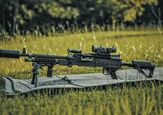
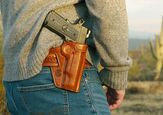
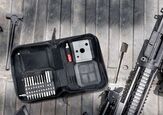






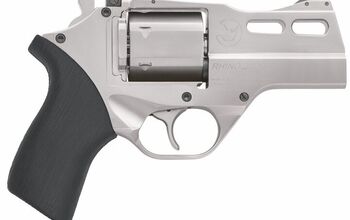
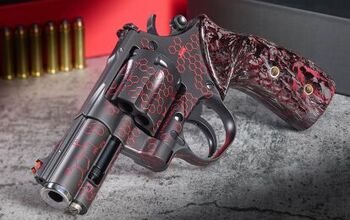







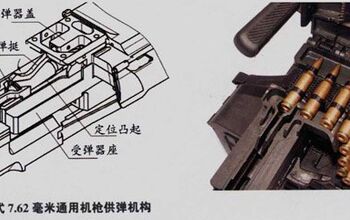





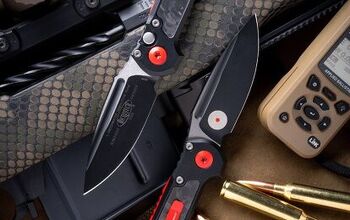


Comments
Join the conversation
I love the Schofield revolvers. I wish they'd come out with a modern one that isn't a questionable-quality knockoff.